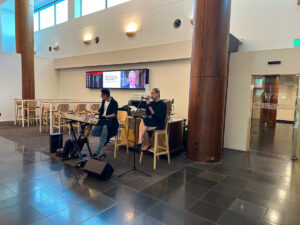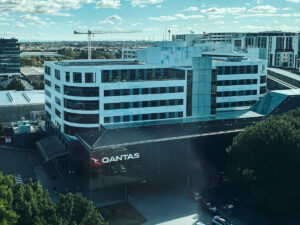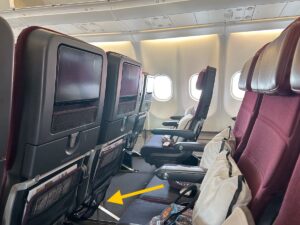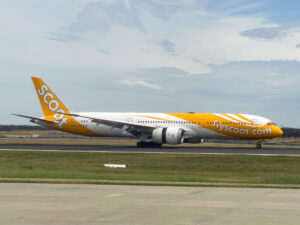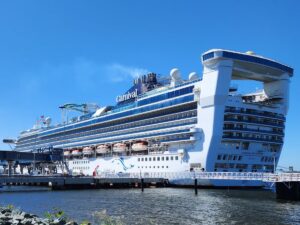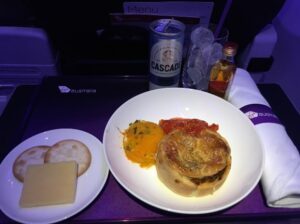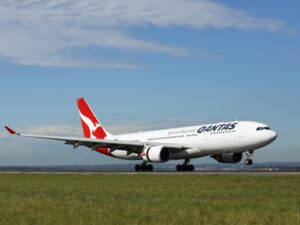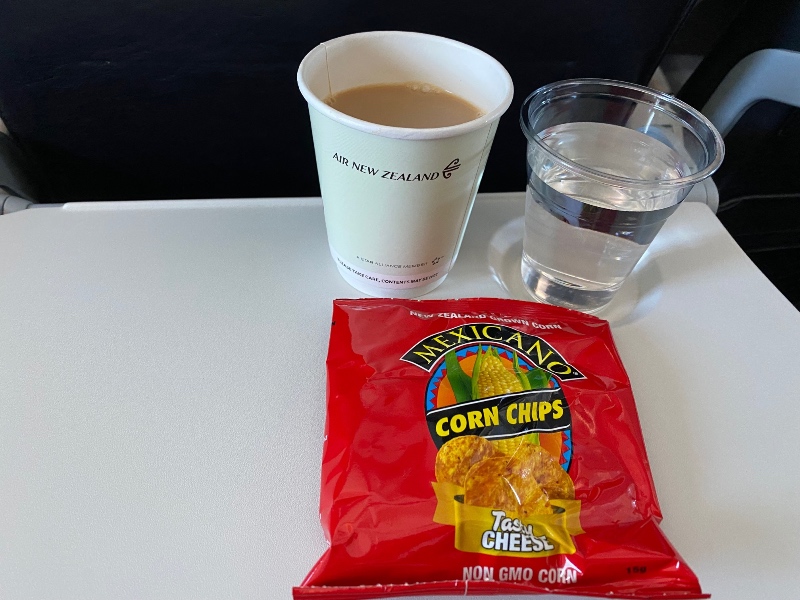
When Lufthansa announced it would introduce buy-on-board snacks on its long-haul flights last year, it promised “high quality” products that would better cater to the “diverse needs of guests”. In reality, the German airline just replaced the complimentary mid-flight refreshment on long-haul routes such as Frankfurt-Los Angeles with the option to purchase from an overpriced selection of pre-packaged junk food.
The salty and sugary snacks Lufthansa now offers for sale to its Economy and Premium Economy passengers are similar to the snacks on Virgin Australia’s buy onboard menu. On Virgin flights, passengers can choose to purchase packaged food such as nuts, pretzels, chips, chocolate or muffins. The most substantial food item on the menu is instant noodles, which costs $7.50.
These menus – along with the onboard retail menus of many other airlines – have a key thing in common: All products have a long shelf life and can be easily stored.
In the airline catering business, food that can be stored at room temperature for a long period of time is known as “ambient” – and airlines just can’t get enough of ambient snacks. There are good reasons for this.
Why airlines love ambient catering
Hot meals served on board aircraft usually come frozen, and have to be heated on board. This obviously involves extra time and cost for the airline, and can lead to high wastage as unused meals are usually disposed of at the end of the day.
Because they aren’t highly perishable, airlines don’t have to throw out unused ambient products at the end of the flight. This saves the airline money and reduces wastage as the snacks can continue to be carried on board for weeks or even months at a time without expiring. As the consequences of stocking too much food on a given flight are minimal, the airline can also stock more products – meaning they are less likely to run out.
Ambient snacks also don’t take up valuable fridge space, meaning they are cheaper and easier to store on board the aircraft. And they don’t require any preparation, which saves the crew time. (Instant noodles is an exception, but this just requires boiling water to be added.)
The problem with ambient snacks
While ambient snacks may be cost-effective for airlines, the problem for passengers is that these kinds of food products are not fresh and are often unhealthy.
It’s true that most airline catering is not exactly fresh or nutritious anyway. But some of the ambient snacks offered by airlines are particularly laden with preservatives, salt and/or sugar.
For example, the lemon & yoghurt slice served on QantasLink contains 28.5% sugar. The coconut & dark choc slice in regular rotation is even worse, with a 35.3% sugar content.
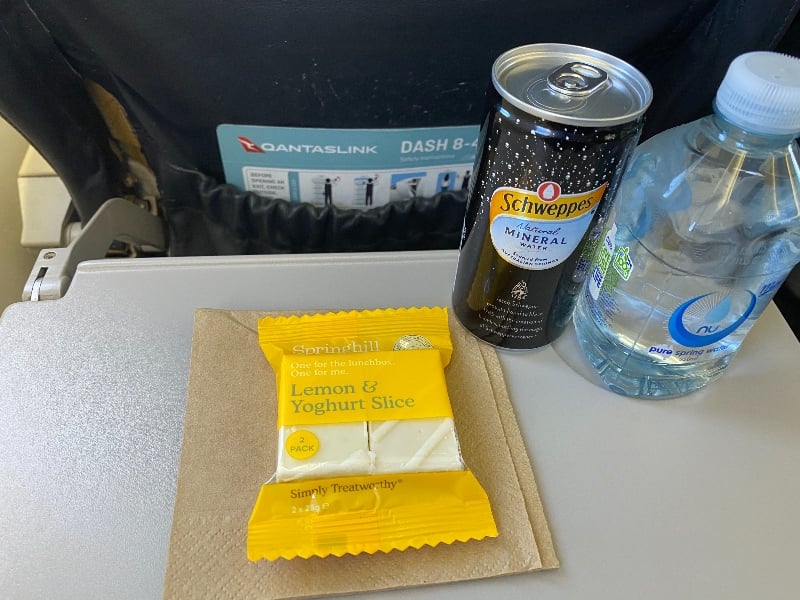
On Dash 8 services, QantasLink has generally only served ambient refreshments for as long as I can remember. Qantas also often serves ambient snacks outside of meal times in Economy on its jet services.
Rex, too, serves non-perishable ambient snacks in Economy on all its flights.
Maybe this is just a personal preference, but I don’t find these kinds of snacks at all appealing. Given a choice, would passengers really pick instant noodles or an individually-wrapped biscuit over a freshly prepared meal?
Virgin realises this, and has recently added a new “secret” Economy Class food menu to complement its regular range of ambient snacks. This new menu includes some fresh and hot food items like yoghurt, sandwiches, pies and toasties, and varies between flights. The trade-off is that some of these items take up fridge or freezer space, and may need to be thrown out at the end of the day if unsold.
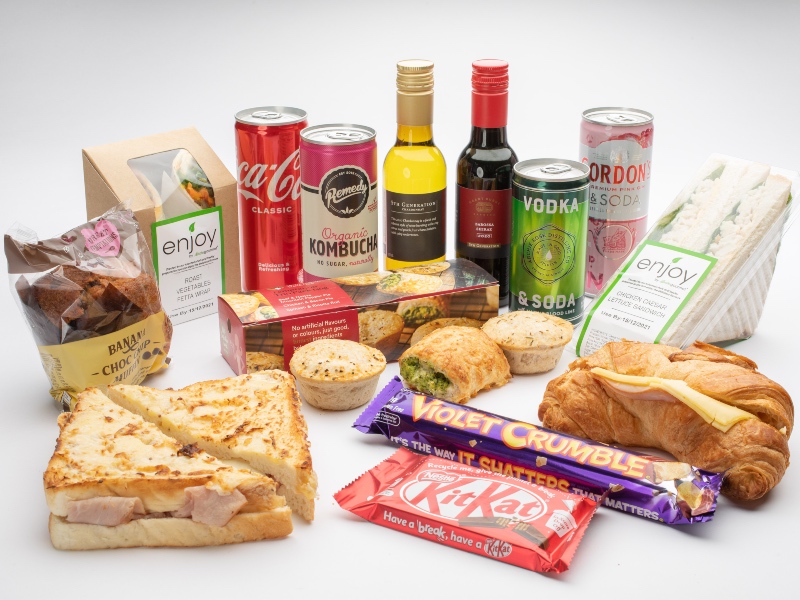
Some airlines rely on ambient snacks more than others
Nobody complains about Qantas adding a self-service economy class snack bar stocked with cookies and Tim Tams on its long-haul flights, or about Virgin’s secret Business Class “pantry menu” stocked with ambient nibbles. But when airlines start replacing entire meal services with an ambient snack like a fun-size chocolate bar (as British Airways attempted a few years ago on its flights to the United States), that’s really not great for passengers.
I’ve been served ambient snacks in Business Class, including on an Air New Zealand flight from Auckland to Perth. Frankly, those snacks were pretty awful but at least they were just supplementary to the two proper meal services.
As a whole Business Class meal, ambient snacks aren’t really acceptable. But that doesn’t stop some airlines. Remember when corn flakes passed for a Business Class breakfast and instant noodles passed for lunch in Virgin Australia Business Class?
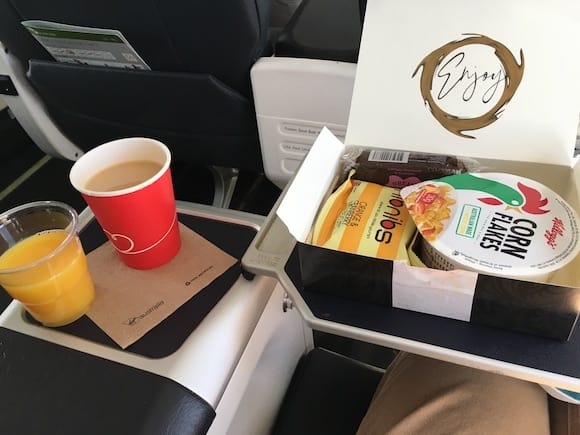
Thankfully, that was only a temporary blip and Virgin has now vastly improved its Business Class meals. But on many US airlines, the domestic “First Class” catering on shorter flights consists entirely of an ambient snack basket being passed around.
Cheese & crackers are also popular with airlines
If you’re observant, you may have noticed that there is one thing on Virgin Australia’s buy onboard menu that requires refrigeration – the cheese & crackers.
I’ve also been served cheese & crackers as the in-flight refreshment in Economy class on several recent Qantas flights.
Although cheese & cracker packs need to be kept cold, they still have a reasonably long shelf life. They’re also extremely popular with passengers and are one of Virgin’s top-selling menu items. Each pack only takes up a small amount of fridge space, and at $5 per pack, they command a high margin when sold individually. Given Virgin sold over 300,000 packs of cheese & crackers in 2018 (that’s more than $1.5 million in revenue!), they are perhaps the ideal product to carry on board – even if they’re not technically ambient.
Another benefit of stocking cheese is that it could prompt some passengers to also buy a glass of wine on board – resulting in more revenue for the airline.
You can get much fresher food in the lounge
All in all though, the food served on board flights is often not much better than junk food. This is another reason to eat in the lounge, if you have access, before boarding your flight.
It’s much easier to serve fresh, healthy meals on the ground than in the air. So in the lounge, you’re much more likely to get something tastier and better for you!
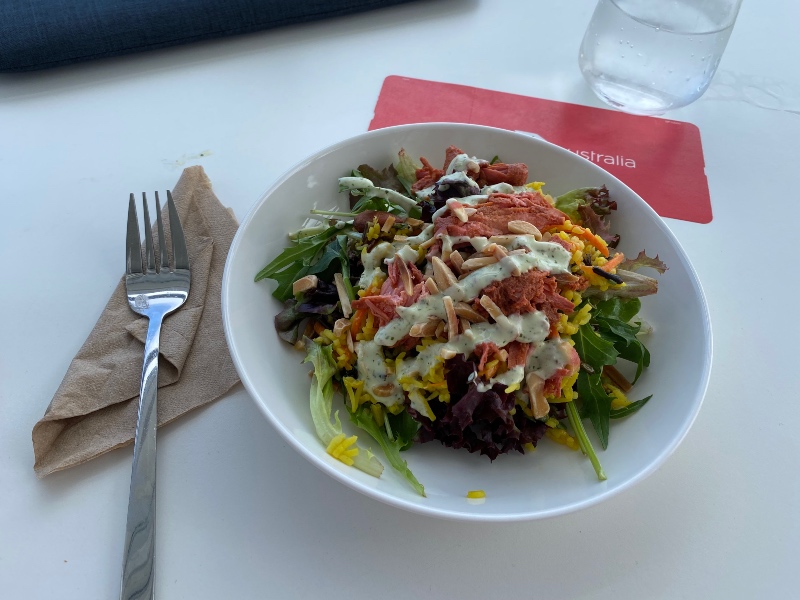
You can leave a comment or discuss this topic on the Australian Frequent Flyer forum.




